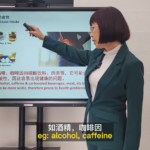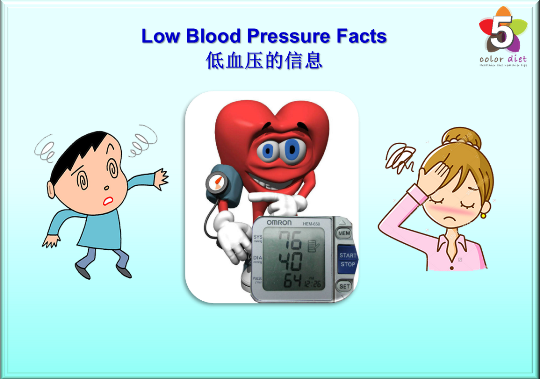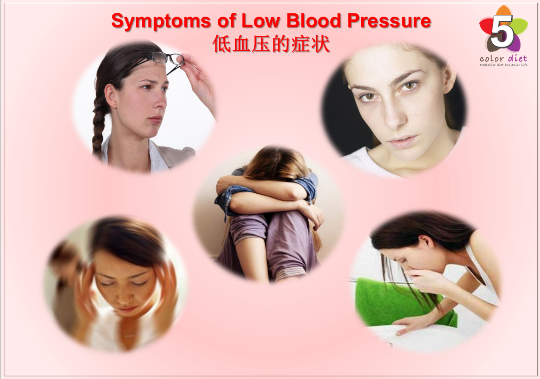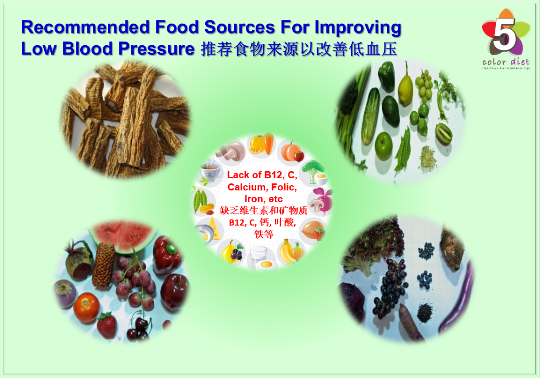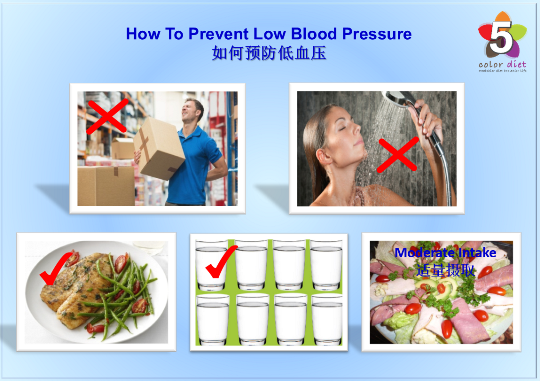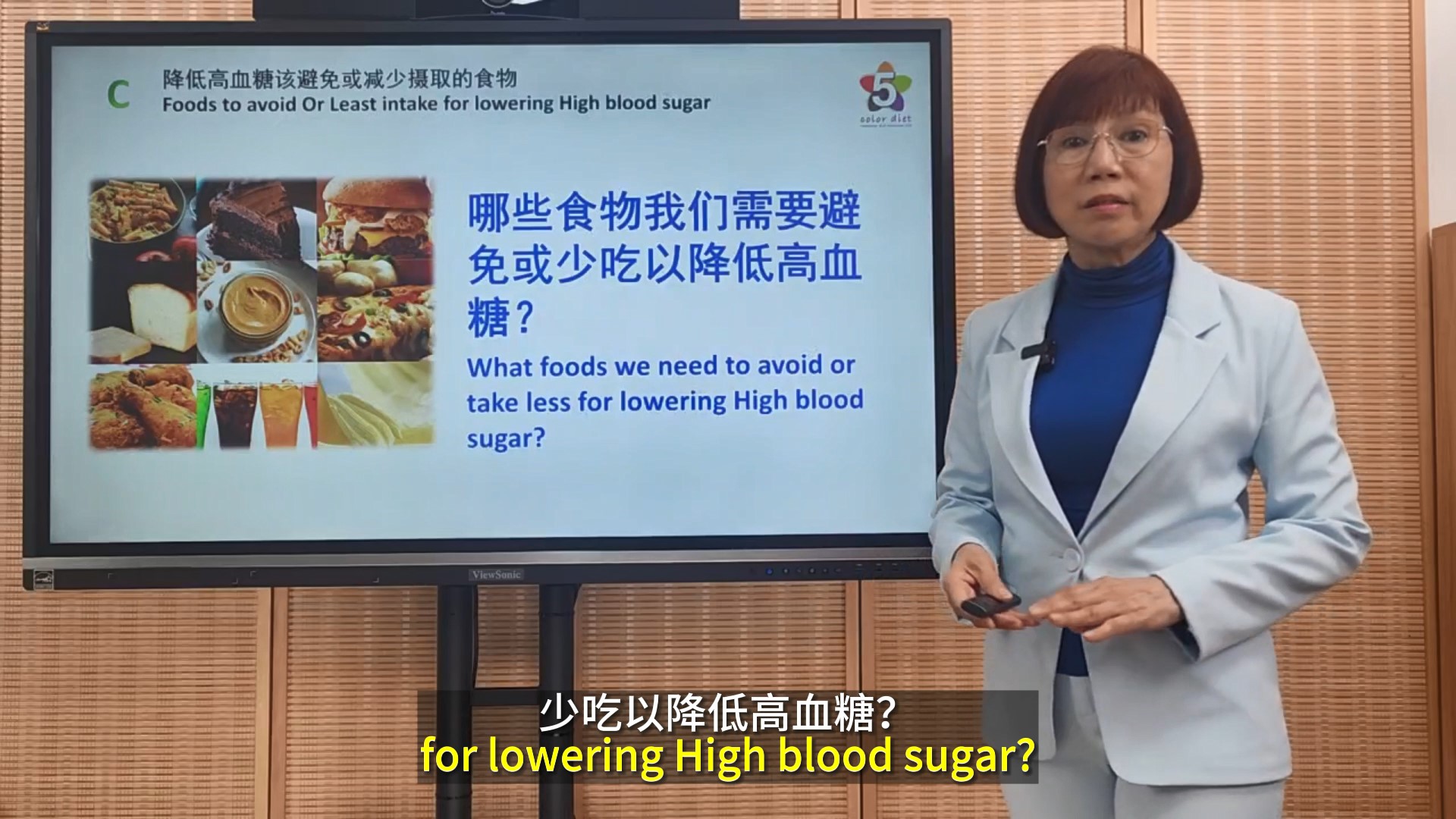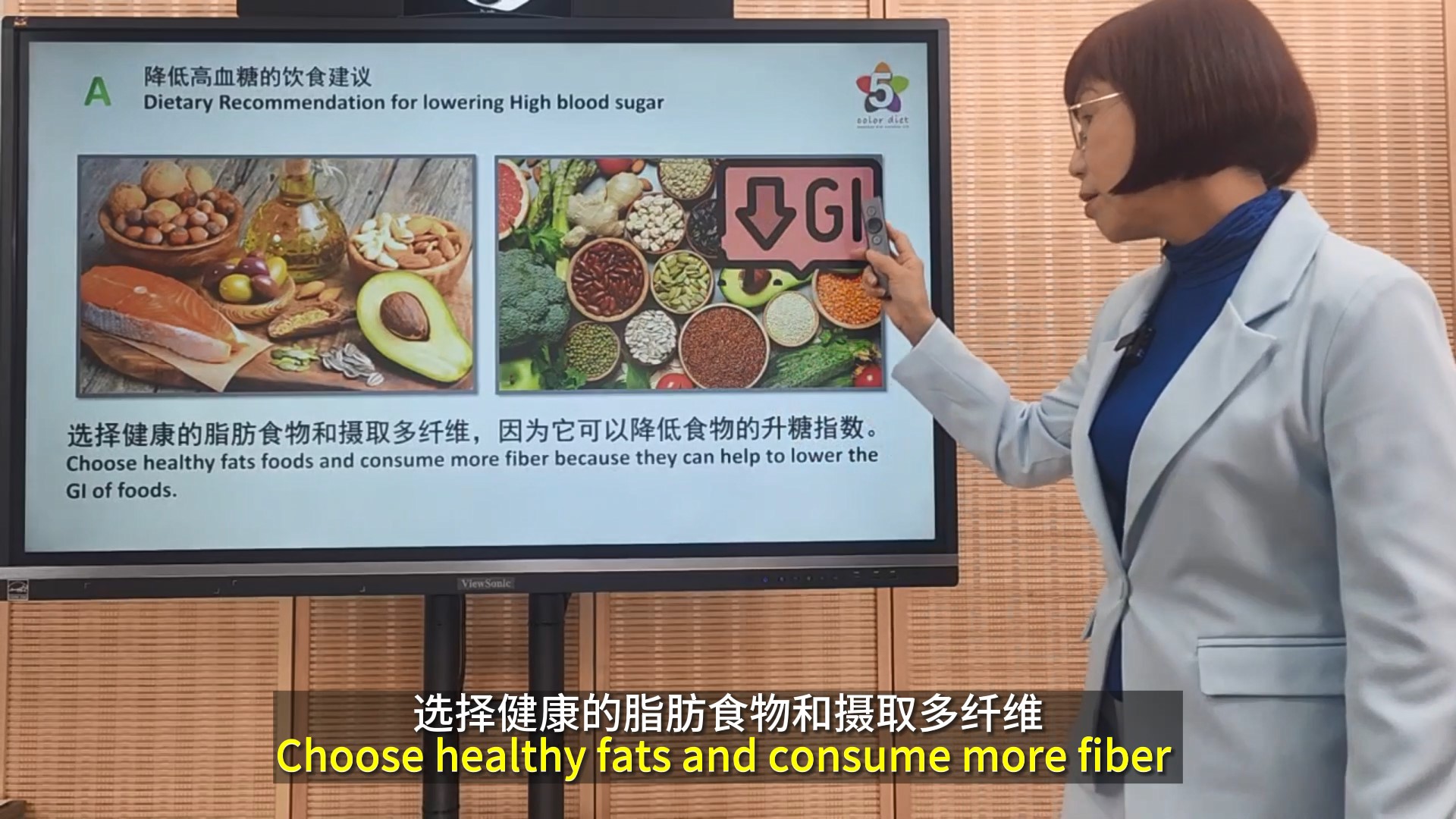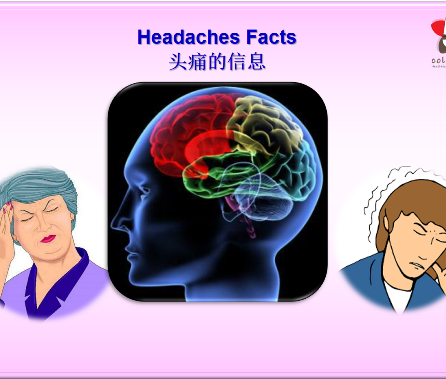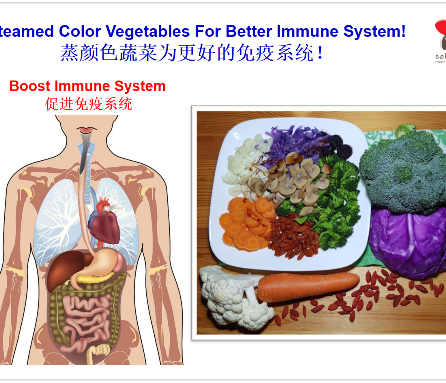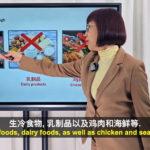
Low Blood Pressure Overview
We have often heard of the dangers of high blood pressure, but what about low blood pressure? If the blood pressure is too low, it can affect blood flow around the body making a person feel dizzy or unsteady. Low blood pressure is caused when your blood pressure drops below the level required to transmit blood through your arteries and into all the organs of your body including your brain. Hypotension is considered to occur when your blood pressure is 90/60 or lower.
Most people with low blood pressure show no symptoms. For such people, there are no underlying conditions causing the low blood pressure, and hence, no treatment is necessary. However, medical attention is vital when low blood pressure also leads to insufficient supply of blood to the brain and other vital organs. In such a scenario, underlying health conditions may lead to hypotension.
Western medicine’s view of low blood pressure categories & causes:
1) Low blood pressure on standing up (orthostatic, or postural, hypotension). This is a sudden drop in blood pressure when you stand up from a sitting position or if you stand up after lying down. Ordinarily, gravity causes blood to pool in your legs whenever you stand. Your body compensates for this by increasing your heart rate and constricting blood vessels, thereby ensuring that enough blood returns to your brain.
But in people with orthostatic hypotension, this compensating mechanism fails and blood pressure falls, leading to symptoms of dizziness, lightheadedness, blurred vision and even fainting. Orthostatic hypotension can occur for a variety of reasons, including dehydration, prolonged bed rest, pregnancy, diabetes, heart problems, burns, excessive heat, large varicose veins and certain neurological disorders. A number of medications also can cause orthostatic hypotension, particularly drugs used to treat high blood pressure — diuretics, beta blockers, calcium channel blockers and angiotensin-converting enzyme (ACE) inhibitors — as well as antidepressants and drugs used to treat Parkinson’s disease and erectile dysfunction.
Orthostatic hypotension is especially common in older adults, with as many as 20 percent of those older than age 65 experiencing orthostatic hypotension. But orthostatic hypotension can also affect young, otherwise healthy people who stand up suddenly after sitting with their legs crossed for long periods or after working for a time in a squatting position.
2) Low blood pressure after eating (postprandial hypotension). Postprandial hypotension is a sudden drop in blood pressure after eating. It affects mostly older adults. Just as gravity pulls blood to your feet when you stand, a large amount of blood flows to your digestive tract after you eat.
Ordinarily, your body counteracts this by increasing your heart rate and constricting certain blood vessels to help maintain normal blood pressure. But in some people these mechanisms fail, leading to dizziness, faintness and falls.
Postprandial hypotension is more likely to affect people with high blood pressure or autonomic nervous system disorders such as Parkinson’s disease. Lowering the dose of blood pressure drugs and eating small, low-carbohydrate meals may help to reduce symptoms.
3) Low blood pressure from faulty brain signals (neurally mediated hypotension). This disorder causes blood pressure to drop after standing for long periods, leading to signs and symptoms such as dizziness, nausea and fainting. Neurally mediated hypotension mostly affects young people, and it seems to occur because of a miscommunication between the heart and the brain. When you stand for extended periods, your blood pressure falls as blood pools in your legs. Normally, your body then makes adjustments to normalize your blood pressure.
But in people with neurally mediated hypotension, nerves in the heart’s left ventricle actually signal the brain that blood pressure is too high, rather than too low. As a result, the brain lessens the heart rate, decreasing blood pressure even further. This causes more blood to pool in the legs and less blood to reach the brain, leading to lightheadedness and fainting.
4) Low blood pressure due to nervous system damage (multiple system atrophy with orthostatic hypotension). Also called Shy-Drager syndrome, this rare disorder causes progressive damage to the autonomic nervous system, which controls involuntary functions such as blood pressure, heart rate, breathing and digestion. Although this condition can be associated with muscle tremors, slowed movement, problems with coordination and speech, and incontinence, its main characteristic is severe orthostatic hypotension in combination with very high blood pressure when lying down.
Traditional Chinese Medicine’s view of low blood pressure types:
| Type | Systolic
Pressure |
Diastolic
Pressure |
Heart
Rate |
Diagnosis | Food therapy |
| Type 1 | Low | Low | Slow | Yang Deficiency | Foods with warm nature (Eg: Green/ Yellow & Orange fruits & vegetables). |
| Type 2 | Low | Low | Fast | Yin Deficiency | Foods with cool nature (Eg: White/ Tan & Brown color fruits & vegetables). |
-
Causes Of Low Blood Pressure
● Anemia: Red blood cells carry oxygen to all our body’s tissues so a low red blood cell count indicates that the amount of oxygen in the blood is lower than it should be. Many of the symptoms of anemia are caused by decreased oxygen delivery to tissues and organs.
● Blood loss: Losing a lot of blood from a major injury or internal bleeding reduces the amount of blood in your body, leading to a severe drop in blood pressure.
● Certain diseases: Parkinson’s disease, diabetes and some heart conditions put you at a greater risk of developing low blood pressure.
● Dehydration: When you become dehydrated, your body loses more water than it takes in. Even mild dehydration can cause weakness, dizziness & fatigue. Fever, vomiting, severe diarrhea, overuse of diuretics and strenuous exercise can lead to dehydration & cause low blood pressure.
● Endocrine problems: Thyroid conditions such as parathyroid disease, adrenal insufficiency (Addison’s disease), low blood sugar (hypoglycemia) and, in some cases, diabetes can trigger low blood pressure.
● Heart problems: Some heart conditions that can lead to low blood pressure include extremely low heart rate (bradycardia), heart valve problems, heart attack & heart failure.
● Medications: People who take certain medications, such as high blood pressure medications like alpha blockers, have a greater risk of low blood pressure.
● Nutritional deficiencies: A lack of Vitamin B12, Vitamin C, Calcium, Folic Acid (Vitamin B9), Iron & Proteins can cause a condition in which your body doesn’t produce enough red blood cells (anemia), causing low blood pressure.
● Pregnancy: During pregnancy, a woman’s circulatory system expands rapidly which may cause low blood pressure. This is normal & blood pressure usually returns to your pre-pregnancy level after you give birth.
● Severe allergic reaction (anaphylaxis): Anaphylaxis is a severe and potentially life-threatening allergic reaction. Common triggers of anaphylaxis include foods, certain medications, insect venoms and latex. Anaphylaxis can cause breathing problems, hives, itching, a swollen throat & a drop in blood pressure.
● Severe infection (septicemia): Septicemia can happen when an infection in the body enters the bloodstream. This condition can lead to a life-threatening drop in blood pressure called septic shock. - Symptoms of Low Blood Pressure
-
Recommended Food Sources For Improving Low Blood Pressure
● Aloe Vera: Aloe Vera with turmeric & milk remedy help to improve low blood pressure. Boil about 25 grams of aloe vera pulp in a glass of milk till it thickens, then add a pinch of turmeric & raw sugar to taste. Take 2 tsp of the mixture twice daily.
● American Ginseng: It helps to increase blood flow in blood vessels by producing nitric acid & improve low blood pressure’s symptoms. Can take in powder form or tea form.
● Basil: It is beneficial for low blood pressure because it is rich in vitamin C, magnesium, potassium & pantothenic acid. It also helps balance the mind and reduces stress. Extract the juice of 10 to 15 basil leaves. Add one teaspoon of honey to it. Drink this juice daily on an empty stomach. You can also chew four to five basil leaves daily in the morning.
● Beetroot: Raw beetroot juice is helpful in improving high as well as low blood pressure. For hypotension, drink a cup of beetroot juice twice daily.
● Caffeine beverages: Having a cup of strong coffee, hot chocolate, cola, or any caffeinated beverage can also temporarily increase your blood pressure. If you frequently suffer from low blood pressure, drink a cup of coffee in the morning or have it along with meals, especially when dealing with orthostatic hypotension. But advisable to take in moderation because too much caffeine will cause insomnia & gastric problems.
● Cinnamon: It contains iron, manganese and calcium which helps to regulate blood pressure & improves digestion. Add 1 stick of cinnamon to 1 cup of 250ml hot boiling water for 5 minutes & drink it warm.
● Dang Sheng: It is a Chinese herb known to be beneficial in respiratory tract health & boost up our body’s oxygen as well as blood circulation. Take ½ teaspoon twice daily in beverages, soups or dishes.
● Dates: It is an excellent source of Iron which helps to boost low blood pressure & anemia. Eat 5 to 10 dates daily. Or boil dates together with milk for 10 minutes. Take it warm twice daily.
● Dong Quai: It helps to improves low blood pressure, anemia and purify blood.
● Floral Teas: Lavender & Rose Buds help to improve low blood pressure & anemia. Take in tea form with honey.
● Ginger: It helps to improve low blood pressure’s symptoms eg: headache, nausea, etc by stimulating our body’s blood circulation.
● Green leafy vegetables: Contains vitamins & minerals which helps to regulate blood pressure.
● Hawthorn: It helps to improve orthostatic hypotension. Take together with Roselle in tea form with honey.
● Liquorice: It is a remedy for helping to regulate low blood pressure caused by low levels of cortisol. It blocks the enzyme that breaks down cortisol and supports healthy adrenalin function. It is also effective in improving chronic fatigue syndrome.
● Motherwort: It contains alkaloids, flavonoids, caffeic acid & tannins, etc which helps to regulate blood pressure & nervous system. Take in tea form with honey or raw sugar to taste.
● Pepper: It helps to regulate low blood pressure by increasing the oxygen in body’s circulatory system.
● Peppermint: It helps to boost oxygen & blood circulation. Wash & crush 3 to 5 pieces of dried or fresh peppermint leaves & together with a pinch of salt, add to 1 cup of 250ml hot boiling water.
● Raisins: Helps to regulate low blood pressure. Soak 30 to 40 raisins in a cup of water overnight then eat them in the morning on an empty stomach. You can also drink the water in which the raisins were soaked.
● Red, black, blue & purple color fruits & vegetables: Help to boost oxygen & blood circulation eg: red dragon fruit, black berries, blue berries & purple sweet potatoes, etc.
● Rosemary: It helps to improve digestion & low blood pressure’s symptoms eg: headache, nausea etc by stimulating our body’s blood circulation. Add 2 to 3 grams of dried rosemary to 1 liter of water & boil for 10 minutes. After 10 minutes, strain it & ready to drink. Drink daily but not more than 4 g per day. Application: Rub Rosemary oil on chest before bedtime.
● Salt water: It helps to improve low blood pressure because the sodium in salt increases blood pressure. Intake of sodium (salt) helps to replace the electrolytes lost due to dehydration and improves blood pressure. Add a pinch of salt & raw sugar to a glass of lemon juice. You can also drink sports beverages. But advisable to take in moderation because excess salt may cause heart & kidney problems.
● Sugarcane juice: Drinking a glass of sugarcane juice with ½ teaspoon lemon juice & salt helps to improve low blood pressure.
● Turmeric: It has anti-inflammatory effect which helps to improves digestion & regulate body’s metabolism that stimulates blood pressure. Aloe Vera with turmeric & milk remedy help to improve low blood pressure. Boil about 25 grams of aloe vera pulp in a glass of milk till it thickens, then add a pinch of turmeric & raw sugar to taste. Take 2 tsp of the mixture twice daily.
● Wheatgrass: It helps to boost energy. Take it in juice form or powder form.
● Water: Drinking adequate water (six to eight glasses a day) helps to prevent dehydration as low blood pressure often leads to dehydration.
● Healthy food diet: Deep-water fish (salmon, tuna), seeds (melon, pumpkin, sunflower), whole grains & plenty of fruits & vegetables.
● Vitamin B12 food sources: Animal livers & kidneys, beef, brewer’s yeast, dairy foods (cheese, eggs, milk & yogurt), fish (herring, mackerel, salmon, trout & tuna), fish eggs, fish fin, lamb, meat, miso paste, seafood, sea algae, seaweed, shellfish, soybean & tempeh, etc.
● Vitamin C food sources: Berries, broccoli, Brussels sprouts, capsicum, cauliflower, citrus fruits, dark leafy green vegetables, green peas, guava honeydew, kiwi fruit, papaya, pineapple & tomatoes, etc.
● Calcium food sources: Beancurd, dairy products (cheese, milk, yogurt), green leafy vegetables, sardines, sesame seeds, soybeans & tempeh, etc.
● Folic Acid (Vitamin B9) food sources: Avocado, asparagus, banana, beans, beetroots, broccoli, brussels sprouts, carrot, cauliflower, celery, chili, citrus fruits, corn, dark leafy green vegetables, flaxseeds, lady finger, nuts, papaya, pumpkin, raspberries, seeds, spearmint, spinach, strawberries, tomatoes & yeast extract spread, etc.
● Iron food sources: Abalone, animal livers, beans, beancurd, clams, dried apricots, dried peaches, figs, fish (haddock, mackerel, sardines & tuna, etc), green peas, green leafy vegetables, mussels, nuts, oysters, red/ black/ blue & purple fruits & vegetables, red meat, poultry, scallops, seeds, sweet potatoes, tomatoes, whole grains, etc.
● Proteins food sources: Proteins help to promote growth, increase energy & cell regeneration. Foods high in Proteins are beans, fish, milk products (cheese, eggs, milk, yogurt), nuts, poultry, meat, seeds, vegetables (eg: artichokes, broccoli, corn, Brussels sprouts, green peas, kale, mushrooms, spinach, sprouts), whole grains, etc.
● Others: Exercise daily to help maintain normal blood pressure levels eg: cycling, swimming, walking, yoga, etc. -
Foods To Avoid Or Least Intake For Improving Low Blood Pressure
● Gas causing foods that cause orthostatic hypotension: beans, broccoli, cabbage, celery, garlic, kelp, onion, spinach, white color vegetables, etc.
● Foods that stress on the adrenals: alcohol, caffeine beverages & foods (chocolate, Chinese tea, coffee, green tea, etc), carbonated beverages, fried foods, processed foods, red meat, refined salt, saturated fats, sugar, white flour, etc.
● High carbohydrates foods may cause a sudden decrease in blood pressure: bread, biscuits, cakes, potatoes, pasta, rice, sweets, etc. - Supplementary for Improving Low Blood Pressure
-
How To Prevent Low Blood Pressure From Worsening
● Avoid heavy lifting.
● Avoid hot and dry environments as far as possible
● Avoid taking low blood pressure drugs before meals.
● Avoid standing still or in one place for an extended period.
● Avoid prolonged exposure to hot water, such as hot showers and spas. If you get dizzy, sit down. It may be helpful to keep a chair or stool in the shower in case you need to sit; to help prevent injury, use a nonslip chair or stool designed for use in showers and bath tubs.
● Change appetite, eat smaller, more frequent meals.
● If needed, use elastic support (compression) stockings or tights that cover the calf and thigh. These may help restrict pooling of blood in the legs, thus keeping blood moving
● Keep yourself well hydrated at all times.
● Limit alcohol and caffeine intake especially at night
● Moderation intake of raw & cold foods.You should seek professional help if you experience the following:
● If you experience an increased frequency of symptoms of low blood pressure that are interfering with your lifestyle, that pose a risk of injury from falling, or that you suspect may be a side effect of prescription or non-prescription medication.
● If your blood pressure gets severely low, there’s a significant danger that your body will not receive enough oxygen to carry out its normal functions. Decreased oxygen can result in impaired functioning of the heart and brain and cause difficulty with breathing. Someone with low blood pressure can lose consciousness or go into shock (when the organs shut down).










